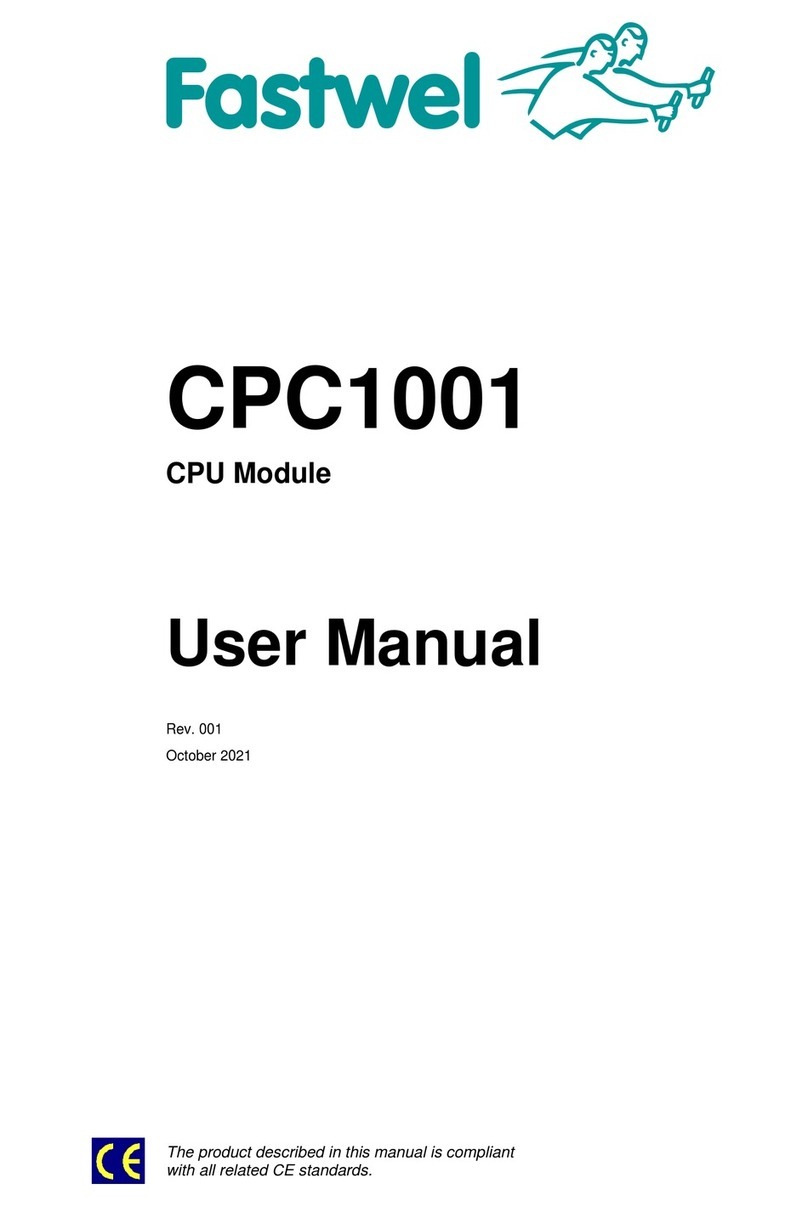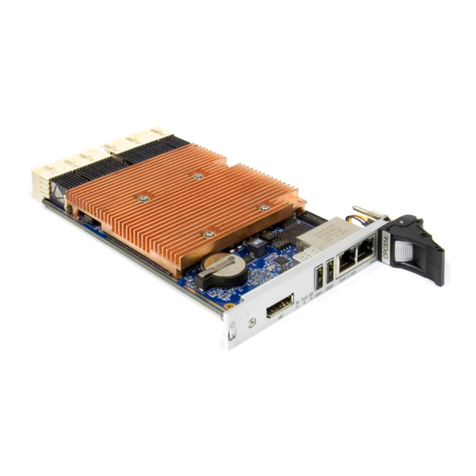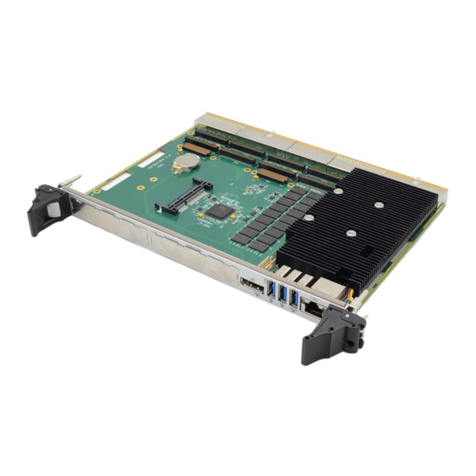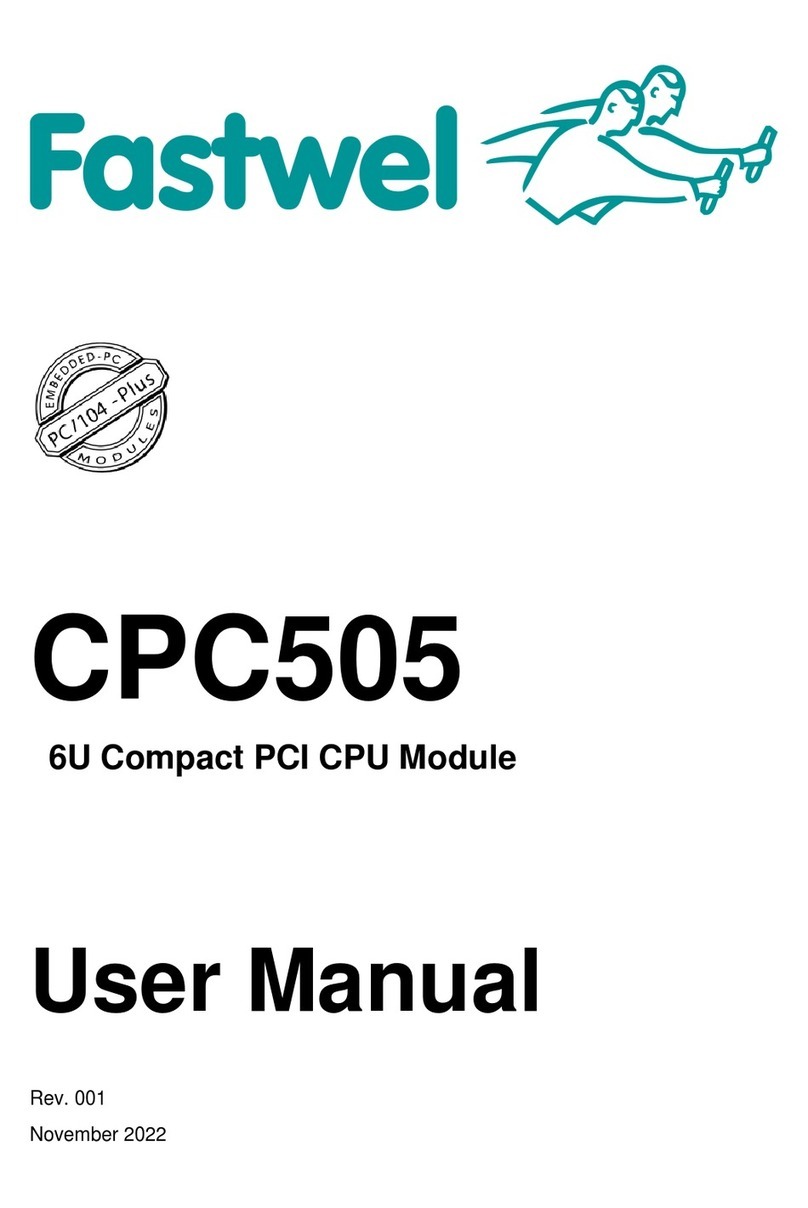
CPC507
C P C 5 0 7 U s e r M a n u a l 1 ©2021 F a s t w e l V e r . 0 0 1
Table of Contents
Table of Contents.....................................................................................................................................................1
List of Tables............................................................................................................................................................2
List of Figures…………………………………. ........................................................................................................... 3
Conventions…………………………………………………………………………………………………………………….5
General rules of usage …...……………………………………………………………………………………….………….7
Manufacturer's warranties…………………………………………………………………………………………………….7
Transportation, Unpacking and Storage ………………………………………………………………………...………….9
1. INTRODUCTIOIN……………………………………………………………………………..………………………………11
1.1 System overview…………………………………………..…………………………………………………...………….11
1.2 General description of the module…………………………………………………………..…………………………..11
2. GENERAL INFORMATION………………………………………………………………….………………………………12
2.1 General Features of CPC507……………………………………………...……………………………………………..12
2.2 Compatibility with the PICMG/VITA standards………………………………………………………………......……..14
2.3 Module versions …………………………………………………………………………………………………………...14
2.4 Delivery checklist…………………………………………………………………………………………………………..15
2.5 Packaging information………………………………………………………………………………………………….....15
2.6 System expansion options……………………………………………………………………………………………......15
2.7 System information……………………………………………………………………………………………………......15
2.8 External view and location of the main elements………………………………………………………………………16
3. FUNCTIONAL DESCRIPTION…………………………………………………..…………………………………………..20
3.1 Specific performance features of functional nodes………………………...…………………………………………..20
3.2 Module Interfaces……………………………………………………………………...…………………………………..21
3.3 Timers……………………………………………………………..………………………………………………………..39
3.4 SPI controller / LEDs / GPIO……………………………………………………………..………………………………42
3.5 Devices on the local SMBus……………………………………………………………………………………..……….44
3.6 Battery………………………………….…………………………………………………………………………………...44
3.7 NAND drive………………………………………...……………………………………………………………………….44
4. INSTALLATION…...…………....…………………………………………………………………………………………….45
4.1 Safety requirements…………………………...…………………………………………………………………………..45
4.2 CPC507 installation procedure……………………………………...……………………………………………………46
4.3 Board removal procedure…...…………………………………………………………………………………………….47
4.4 Installing peripherals to CPC507……………………..………………………………………………………………….47
4.5 Battery replacement…………………………………………...…………………………………………………………..48
4.6 Installing CFast Drive…………...…………………………………………………………………………………………48
5. SYSTEM SETUP……………………………………………………………………………………………….……………..49
5.1 Resetting the BIOS Setup settings…………………………………………………………………………………..…..49
6. AMI APTIO BIOS SETUP………………………….…………………………………………..…………………………….50
6.1 Starting and Updating BIOS Setup…………………………………………………………………………......……….50
6.2 Advanced …………………………………………………………………………………………………………………..52
7. TROUBLESHOOTING………………………………………………..………………………………………………………53
8. POWER CONSUMPTION……………………………………………………..……………………………………………..54
9. INFLUENCE OF EXTERNAL FACTORS…………………………………….…………………………….....…………...55
9.1 CPC507 operating conditions and MTBF…………………………………………………………………………......…..55
ANNEX A: TERMS, ACRONYMS AND ABBREVIATIONS …………………….……………………………………………..56
ANNEX B: DICSLAIMER…………………………………………………………………………………………………..……….58
































